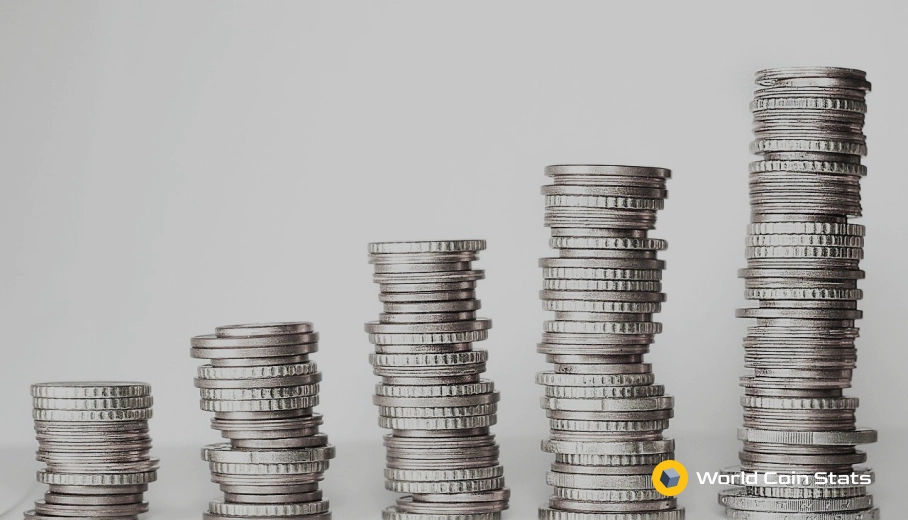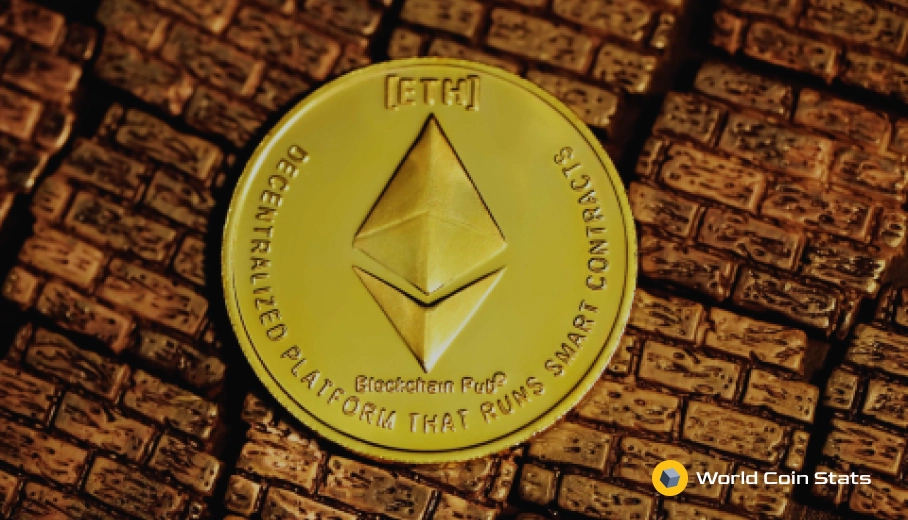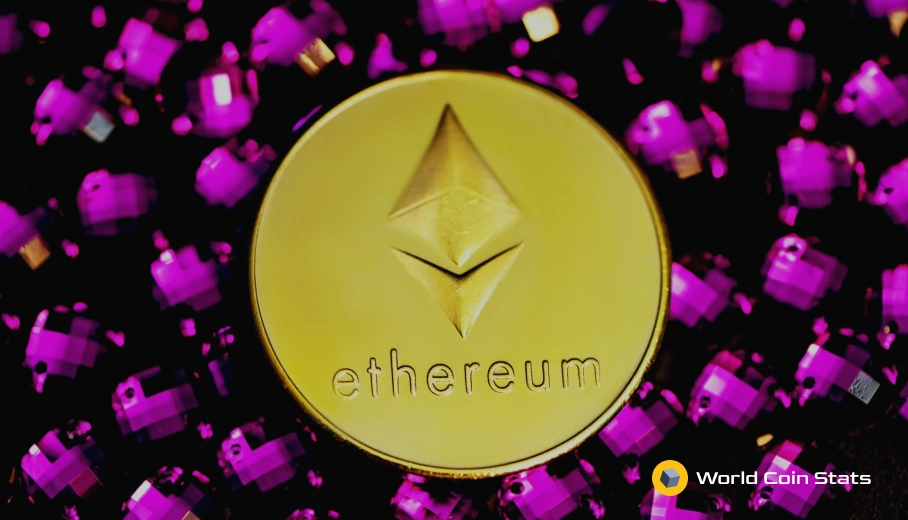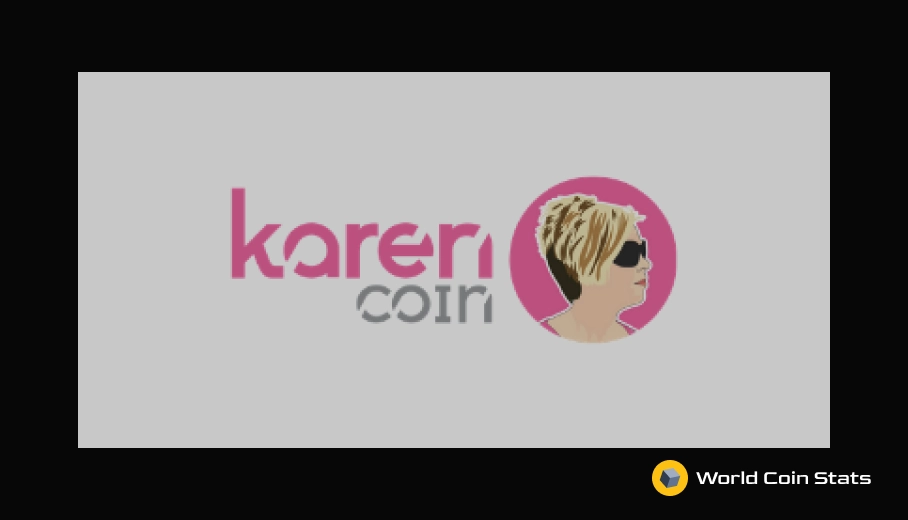DAOs and Treasury Management
Decentralized autonomous organizations (DAOs) have seen massive growth over the past year with the increasing popularity of decentralized finance (DeFi). With this growth, DAOs have seen the value in their treasuries increase to an astronomical amount.
It is estimated that DAOs hold a combined ~$5 billion in their treasuries at the moment. And this amount has led to much discussion about treasury management – it’s a lot of money in these treasury contracts and proper management is required to ensure the success of the DAO.
Anyway, this article will cover some of the ways that DAOs manage the assets in their treasury.
Proper Asset Allocation
The first topic of concern for many DAO treasuries is proper asset allocation. In our opinion, this is one of the more important factors that DAOs must consider when managing their treasury.
Why is asset allocation so important?
The value of the assets in the treasury must have some value if the treasury wants to spend them. This can actually be cause for concern if the treasury, for instance, has too much value held in one particular asset.
What happens if the value of that asset (cryptocurrency) collapses?
The treasury has less money to spend on development or other things they deem important.
So, how can a treasury properly allocate assets?
Stablecoin Diversification
A proper allocation should have enough stablecoins to fund new projects or development for at least three years. Three years is a good target because that is how long cryptocurrency bear markets typically last.
Of course, stablecoin diversification should go into more than just one stablecoin. Remember, stablecoins can still lose their peg, so it’s wise to hold a variety of different stablecoins.
The Potential Problem with Stablecoin Diversification?
One potential problem with stablecoin diversification is that it can look bad if a DAO sells its native token to purchase stablecoins.
It just looks like a sign that the DAO is unloading coins for profit. In fact, many in DeFi view this as rugging.
However, this problem can be mitigated with two methods:
- Only sell a small percentage of native tokens to stablecoins.
- Announce a clear reason why native tokens are being sold for stablecoins.
With both of those methods, a lot of the negatives of selling native tokens for stablecoins can be minimized.
Spending
Perhaps the most important part of treasury management is properly spending treasury funds. This section will cover some of the best ways that a treasury can spend funds to help grow the overall project.
Paying Experts
The best way a treasury can spend money, in our opinion, is by hiring teams of experts to come in and work on project development. This obviously occurs without a DAO, but a DAO utilizing treasury funds to bring in development experts sort of proves that the concept of a DAO actually works.
To further this, these experts can then receive an allocation of treasury funds to help improve the project. The benefit of this is that it gives the right people the ability to spend money to help improve the project.
Of course, it’s a DAO, so any project expenses will still have to go to a vote. However, it’s always good to get the right people involved in spending treasury funds.
Individual Distributions
Another interesting, though underutilized, use of treasury funds is to pay contributors that make valuable contributions to the project. This relates to bringing in experts to the project (and allocating funds to those experts to bring in more experts) as these experts can then be brought in as full-time employees paid a performance bonus in the form of a distrbution .
Buying Back Tokens
Another popular use for DAO treasury funds is to buy back governance tokens. This is a particularly popular measure as it’s voted on by token holders, so they have a chance to consolidate power and increase the value of their governance token holdings.
In fact, token buyback programs are popular on Yearn.Finance as Yearn probably has the most decentralized governance of any DeFi protocol.
Anyway, a treasury buying back tokens should only be done when the treasury has finished spending the rest of the treasury funds on projects that will improve the protocol.
Borrowing?
Finally, treasuries often mint more governance tokens when they need funds. In our opinion, this is often a mistake as it simply dilutes the value of the governance token.
Now, is always borrowing funds the right decision for a DAO treasury?
Of course not. However, there are many missed opportunities for cheap financing that are often ignored in favor of simply spending treasury funds or minting more governance tokens.
Here are the scenarios where it makes more sense for a treasury to borrow than to spend:
- Low interest rates are sometimes cheaper than using native tokens.
- Prevent governance dilution by minting or selling governance tokens to more parties.
- Prevent price dilution by putting more coins on the market.
Anyway, a popular alternative to spending tokens is to deposit the tokens as collateral and use the loan to fund projects. The obvious risk, of course, is that the collateral gets liquidated. This is why most treasury DAOs avoid using loans for funding.
However, this risk can be mitigated by having a very low liquidation rate on any loans and using a trusted DeFi lender.
Final Thoughts
That was simply a brief overview of some of the basics for treasury management for DAOs. Remember, this is an extremely new field and as such the proper strategies are still being developed. This is especially true of certain aspects like spending vs loaning governance tokens, proper stablecoin allocation, and using treasury funds to find the best experts.
With all that in mind, now is an extremely interesting time to follow the different treasury management styles of various DAOs as there is so much variety between them. The best strategy has yet to be discovered and will most likely vary depending on the individual members that make up each DAO.




